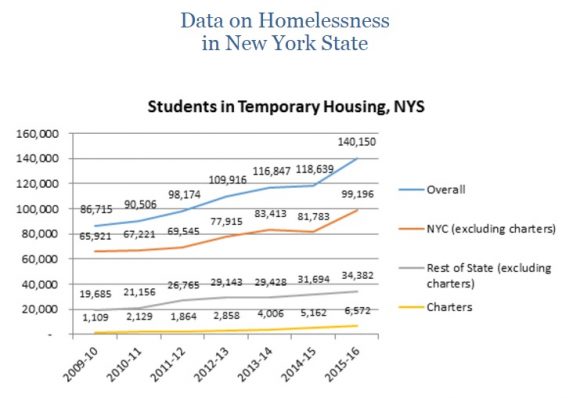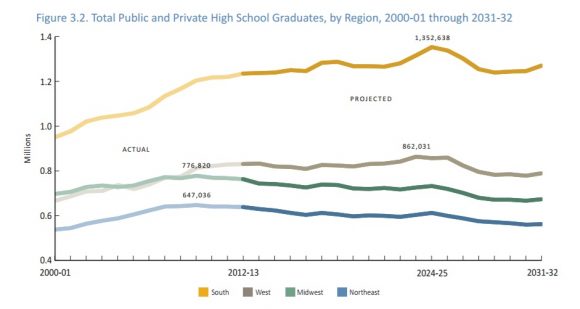Dear Commons Community,
M.O. Thirunarayanan, a professor and dean at Florida International University, had an essay published earlier this week in the Teachers College Record, commenting on the need for traditional colleges and universities to be truthful in their credentialing when students take online programs. He also recommended that state legislatures take up the issue and pass truth in credentialing laws to ensure that information regarding how courses and degree programs were completed is detailed in transcripts and diplomas. Here is the crux of his argument.
“If diplomas are awarded by colleges/universities that only offer online courses and programs, then it is clear that these academic credentials were earned fully online. In contrast, traditional face-to-face colleges and universities now offer degrees that can be fully earned online without requiring students to ever be physically present on campus. However, the diplomas awarded and transcripts provided by these traditional institutions of higher education do not distinguish between programs completed online and those completed face-to-face.
These issues lead to the following recommendation: there should be truth in credentialing. Organizations should consider some of the following factors when providing credentials for degrees that are earned fully or partially online:
- Are those learners enrolled in online courses the same students as those who complete and submit all required assignments and projects? It is more difficult to determine whether registered students are doing the mandatory work in online courses.
- Although cheating occurs in traditional classrooms, there are more ways students can potentially cheat online. For example, students enrolled in online courses have paid other people to complete courses for them. In addition, web-based services offer term papers, reports, and other projects to assist students in unfair ways that are difficult for professors to monitor.
- Instructors who teach courses online do not always require that tests and exams be proctored. This type of assessment without adequate supervision leaves openings for many forms of academic misconduct. It is often very difficult for online instructors to detect this misbehavior and they may not even be trained to do so.
- There is skepticism among the general public and employers that students who complete courses and degree programs fully online can learn as much as their traditional face-to-face counterparts.
The perceived quality of distance education and online courses will improve greatly if all projects, quizzes, and exams are proctored. If it is not possible to bring students to campus for exams, many companies offer proctoring at a distance. Universities could require students to avail themselves of these services if learners are unable to travel to campus to take their exams. One objection to these requirements is that it inconveniences students and increases the cost of offering distance courses.”
This issue has been around for a while and there is some basis for Thirunarayanan’s argument, however, I don’t agree with several of his premises. First, student cheating whether online or in traditional courses has been with us for decades. Maybe a certain type of cheating is easier in the online environment but I am not sure if it is so much more prevalent as to be a problem. As the author indicates, there are proctoring services and other means to protect against this and they should be used as needed. Second, there is an assumption here that tests, quizzes, and examinations are the only ways to assess students. Essays, presentations, and portfolios are just as important and may be more authentic forms of assessment. What cheating occurs with these are just as easy in traditional as online courses. Third, an online course can actually provide more information about student assessment because there can be a complete record via a LMS/CMS of everything the student has done in the course including responding to questions, participation in group activities, and facilitating course instruction which in general are more difficult to record in traditional face-to-face courses.
In sum, it is fine to raise the issue of student cheating in online versus traditional programs but there are pros and cons on both sides. It should be the decision of the college and its faculty as to how they address the problem and how they present their diplomas and credentials. And it should not be something dictated by state legislators or other education policy makers.
Tony










